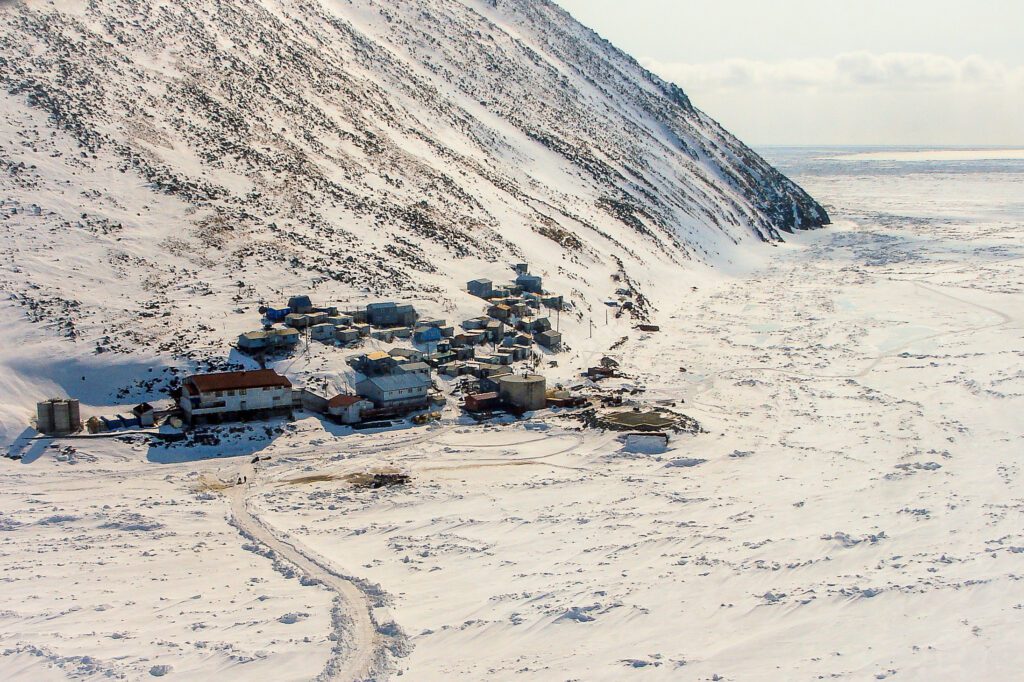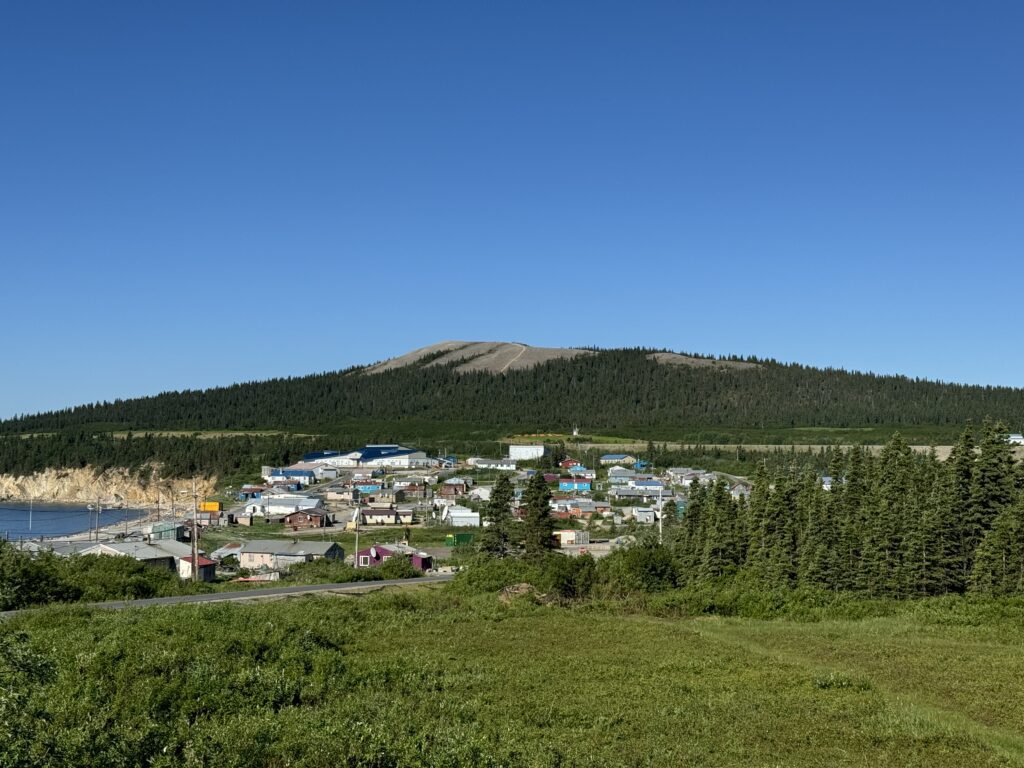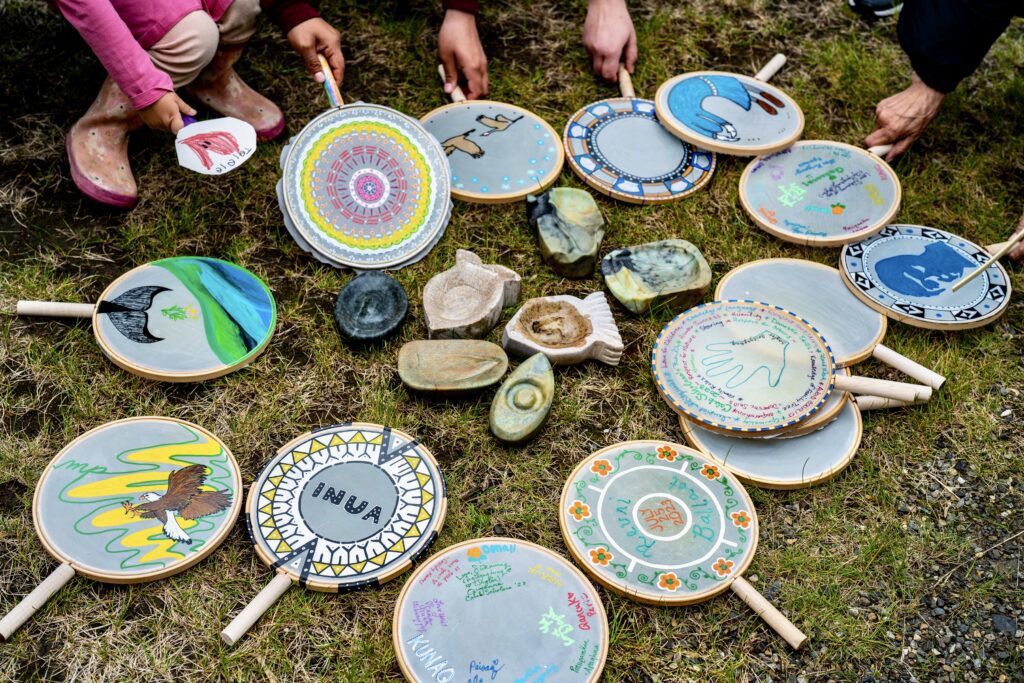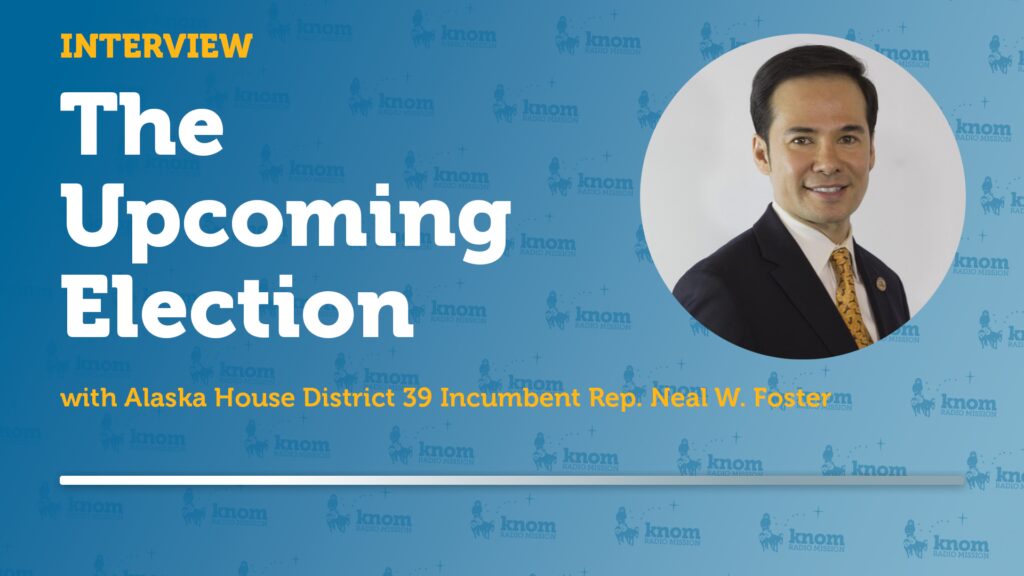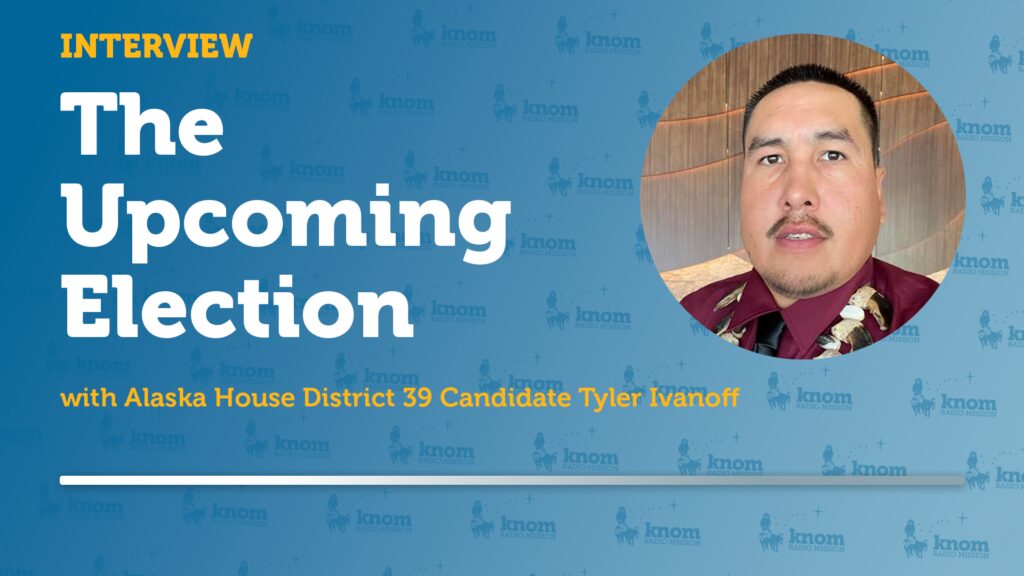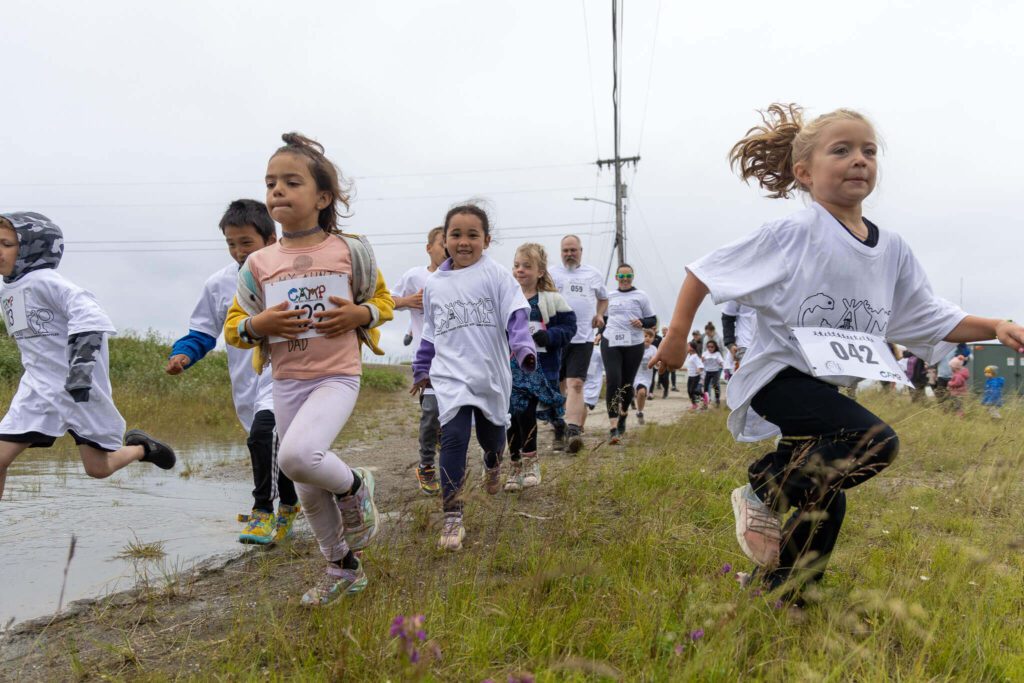Wednesday night’s public meeting in Nome was the first step in what’s sure to be an extensive process of exploration and permitting for Graphite One Resources—the Vancouver-based company that’s been exploring the Graphite Creek deposit near the Imuruk Basin, on the northern edge of the Kigluiak Mountains.
Old St. Joe’s was packed with attendees from Nome, and a few from Teller and Brevig Mission. Locals are taking seriously the proposal of a large mining venture on the Seward Peninsula, augmented by memory of the failed Rock Creek Mine and its complications within the community. But the Graphite Creek Project Team believes this development can be done responsibly—and they’re seeking input early on this potentially significant project. Graphite Creek is the second-largest known graphite deposit in the world, and the U.S. currently has no domestic production of the mineral.
Doug Smith is the executive chairman and director of Graphite One Resources. The questions and comments that people brought to the meeting were broad, and what he called “typical” for a mining project—questions about environmental impact, tribal sovereignty, cultural and subsistence resources, and job opportunities.
Nome resident Sue Steinacher passionately voiced her apprehensions. “My biggest concern is that the people most affected—[whom] I see are the residents of Teller and Brevig [Mission]—that ultimately they will gain more than they will lose.”
Steinacher urged the project team to consider a socioeconomic study of the how the mine development could impact local communities—whether that’s through providing jobs, or increasing crime. Others asked how Graphite One planned to consult with the tribes, to which Joy Huntington, a consultant assisting Graphite One with community engagement, replied that though Graphite One is a private company, they would follow the model of the Tribal Consultation federal mandate.
However, since the exploration is just in the early stages, the team didn’t have answers to all of the questions and comments.
“It’s kind of a catch-22 because you want to engage people early so that your input is a part of those decisions being made, but if you engage folks early, you don’t always have all of the information readily available yet on what exactly the impacts are going to be,” said Huntington.
She urged those at the meeting to bear with the project team, and to keep contributing their concerns so that when information is being gathered and decisions are being made, the team will know what’s most important to the communities.
For some meeting attendees, the lack of answers was frustrating—combined with the reality that once explorations and studies wrap up, decisions could be made that not everyone is pleased with. But as attendee Greg Mitchell pointed out, “the key word is ‘transparency’” and the Graphite One team assured everyone that they want to work “directly and consistently” with impacted communities.
“I think it’s refreshing to have those passionate conversations and to know that people care very much about their home, their culture, their subsistence way of life, economic development and prospects for the region,” said Huntington. “So, I feel like even though we may not have all the information at hand today, listening is a very important part of this process, as well as providing information. Today I feel like we gained a lot as a project team just from hearing people’s concerns.”
Before the meeting at Old St. Joe’s, Huntington said Graphite One met with Nome Mayor Denise Michels, various departments at Kawerak, Bering Straits Native Corporation and the Nome Chamber of Commerce. They visited Brevig Mission Thursday, and plan to meet with people in Teller and Mary’s Igloo next month.
After completing work on the ground with the exploration program, Graphite One will conduct preliminary environmental assessments as part of the permitting process.



